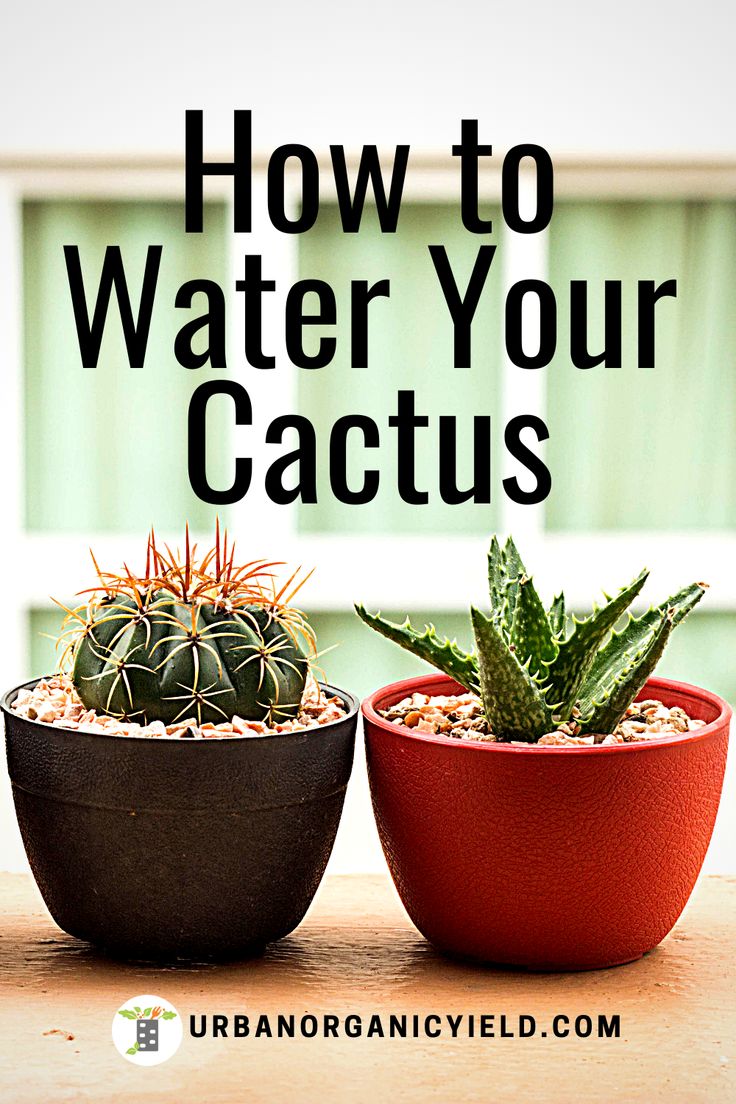Watering a cactus may seem like a simple task, yet it is one that requires careful consideration and an understanding of the unique characteristics of these resilient plants. While cacti are often celebrated for their ability to thrive in arid environments, many indoor enthusiasts grapple with the question: how often should I water my cactus? Establishing an effective watering schedule is crucial for maintaining the health and beauty of cacti. Here, we will delve into the nuances of watering these remarkable plants, providing tips that ensure they flourish in your indoor environment.
Understanding the Hydration Needs of Cacti
Cacti, the undisputed champions of drought tolerance, possess specialized adaptations that enable them to minimize water loss. Their thick, fleshy tissues serve as water reservoirs, allowing them to endure long periods without moisture. However, the replenishment of this vital resource is essential during the growing season. Typically, the optimal frequency of watering during this period ranges from every 2 to 4 weeks, depending on several factors unique to your particular cactus.
This guideline hinges upon various elements including the species of cactus, the size of the pot, the soil composition, and the environment in which it resides. For instance, a large, established cactus in a terracotta pot may require less frequent watering than a newly propagated cactus in a small plastic container. Factors such as temperature, humidity, and light exposure are also significant players in this intricate dance of hydration.
Deciphering the Right Conditions for Watering
Monitoring the soil is indispensable in establishing an appropriate watering schedule. Cacti thrive in well-draining soils that lack excessive moisture retention. To ascertain if your plant needs water, rely on the finger test: gently insert your finger into the soil up to a knuckle. If the soil feels dry, it’s time to hydrate. Conversely, if it’s still damp, wait a few more days before reassessing. This tactile approach is more reliable than adhering strictly to a calendar.
The quality of water used is another critical factor. Given that cacti are native to regions with moderately alkaline to neutral soil, distilled or rainwater is often ideal. Tap water, laden with chemicals such as chlorine and fluoride, can detrimentally affect the plant’s health over time. Moreover, during the dormant season, which typically spans the colder months, reduce watering frequency significantly, as cacti require less moisture when not actively growing.
Signs of Overwatering and Underwatering
Experienced cactus caretakers often emphasize that the balance of hydration is tenuous; both overwatering and underwatering can lead to distress. Recognizing the signs of overwatering is essential. Look for symptoms such as yellowing of the skin, a mushy texture, or even a foul odor emanating from the base of the plant. Address these issues promptly by adjusting your watering routine and ensuring the pot has adequate drainage holes to extricate excess moisture.
On the opposite end of the spectrum, underwatering manifests as a shriveling or wilting of the cactus. The spines may appear less vibrant, and the overall coloration may dull. When these indicators arise, take immediate action. A thorough watering session should follow, allowing the water to permeate the soil thoroughly without saturating the plant.
Creating an Aesthetic Watering Routine
In addition to maintaining an effective watering schedule, fostering a visually appealing and health-promoting environment for cacti can heighten your enjoyment of these intriguing specimens. Consider using decorative pots that complement the unique aesthetic of your cactus. Terracotta pots not only provide excellent drainage but also align harmoniously with the earthy, rugged charm of these plants. Consider grouping different species together, creating a miniature desert landscape that showcases their diverse shapes and colors.
Utilizing a watering can that allows for precision pouring can elevate your watering routine. Choose a model with a narrow spout; this design will enable you to direct moisture exactly where it is needed, avoiding water accumulation on the plant’s body. This attention to detail not only contributes to the plant’s health but also enhances your gardening experience, allowing you to engage with each cactus on a personal level.
Sustaining Long-Term Health and Aesthetic Appeal
Regular monitoring of your cactus does not end with watering. Keep a vigilant eye for pest infestations or signs of illness, which can quickly detract from the aesthetic appeal of your collection. Implementing measures such as gentle cleaning of the spines with a soft brush can prevent dust buildup, allowing the inherent beauty of the cactus to shine through. Periodic repotting, as your cactus grows, is also essential to ensure it has ample space and fresh soil, further enhancing its visual presence in your home.
In conclusion, understanding the specific watering needs of your cactus plants is just as crucial as nurturing their overall environment. By observing the soil, recognizing the signs of hydration-related stress, and employing a thoughtful approach to aesthetics, you can successfully maintain a thriving collection of these extraordinary plants. The journey of watering cacti invites a deeper appreciation of their unique adaptability, transforming any indoor space into a captivating oasis of resilience and beauty.





Leave a Comment